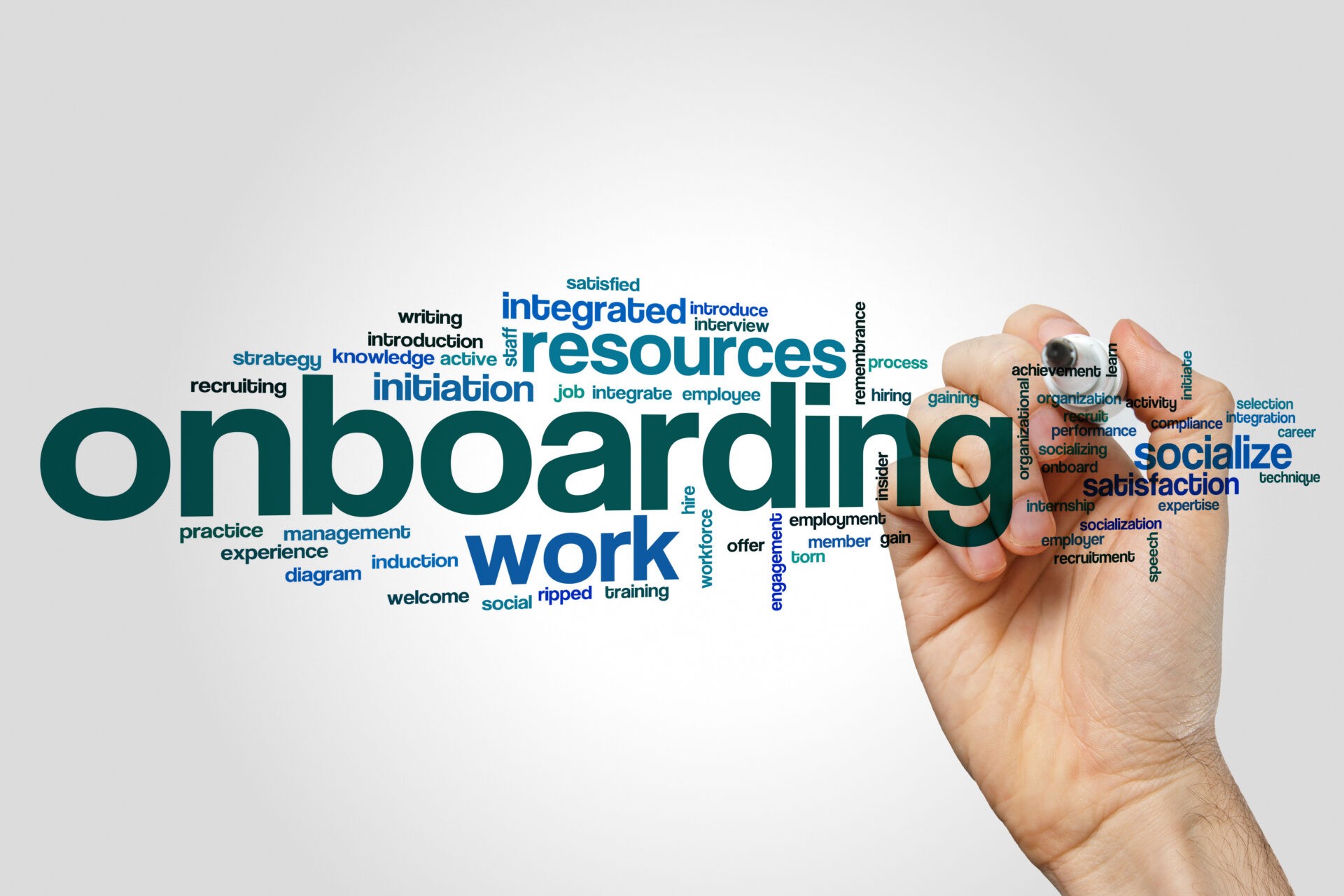Make Onboarding Engaging to Maximize Employee Satisfaction and Retention

By Katie Sens, Director of Human Resources; and Sarah Kent, Human Resources Manager
Onboarding, a term coined in the 1970s by human resources professionals, is the organizational process that guides new employees to acquire the necessary knowledge, skills, and behaviors to become effective and satisfied team members and contributors.
Methods for onboarding may include personal contact, formal meetings, lectures, hands-on training, videos, printed materials, and/or computer-based orientations outlining the duties, culture, and operations of the organization the team member is joining.
Exceptional onboarding leads to higher job satisfaction, team commitment, better work performance, and reduced occupational stress, resulting in increased employee retention.
In developing and refining the onboarding process within your company, focus on these objectives:
- Create an engaging space for new team members.
- Actively listen to team members and provide them with the resources needed to succeed.
- Build a connection with team members beyond the orientation period.
Importantly, onboarding does not conclude after the routine paperwork and initial training are completed. Instead, it is an ongoing and dynamic process that requires communication, evaluation, and follow-up.
Incorporate these procedures and strategies to build a robust onboarding experience:
- Set and align job expectations and acclimate new team members to the job and company culture.
- Demonstrate how job responsibilities fit into the overall company mission and goals.
- Let team members know/see that what they do matters.
- Introduce new team members to fellow employees who can provide resources for them, perhaps specifically pairing the newcomer with a team “buddy.”
- Invest in new team members via training, mentoring, and coaching.
- Follow up regularly by checking in with newcomers to see how they are doing and what resources they may need.
- Listen and gather feedback on how they are viewing their job.
- Conduct surveys at 90 days to evaluate engagement levels of new team members.
- Review their performance to evaluate the need for additional training opportunities.
- Personally connect with each new team member and spend time getting to know them during the interview and onboarding process to build a relationship with them.
- Continue to build your relationship during their career with the company -- it never stops. If you get to know each other well, the road will be much less bumpy if and when it comes time to have a difficult conversation.
Employee recruiting and training incur significant ongoing costs for any company, and a high team member retention rate returns dividends on that investment. Optimize retention via these clever onboarding tactics that take a long-term view.
Related Resources
What are you waiting for?
Take the first step toward your business goals and reach out today. Our team is ready to get started when you are.


